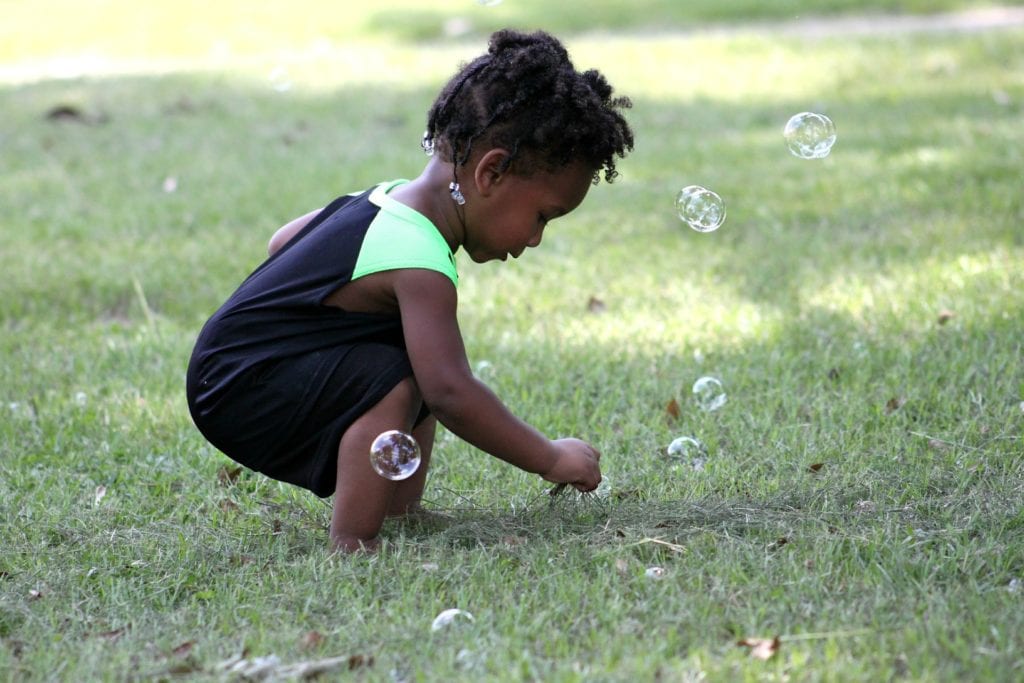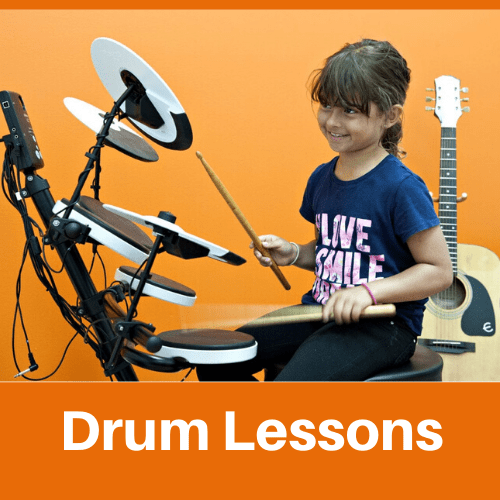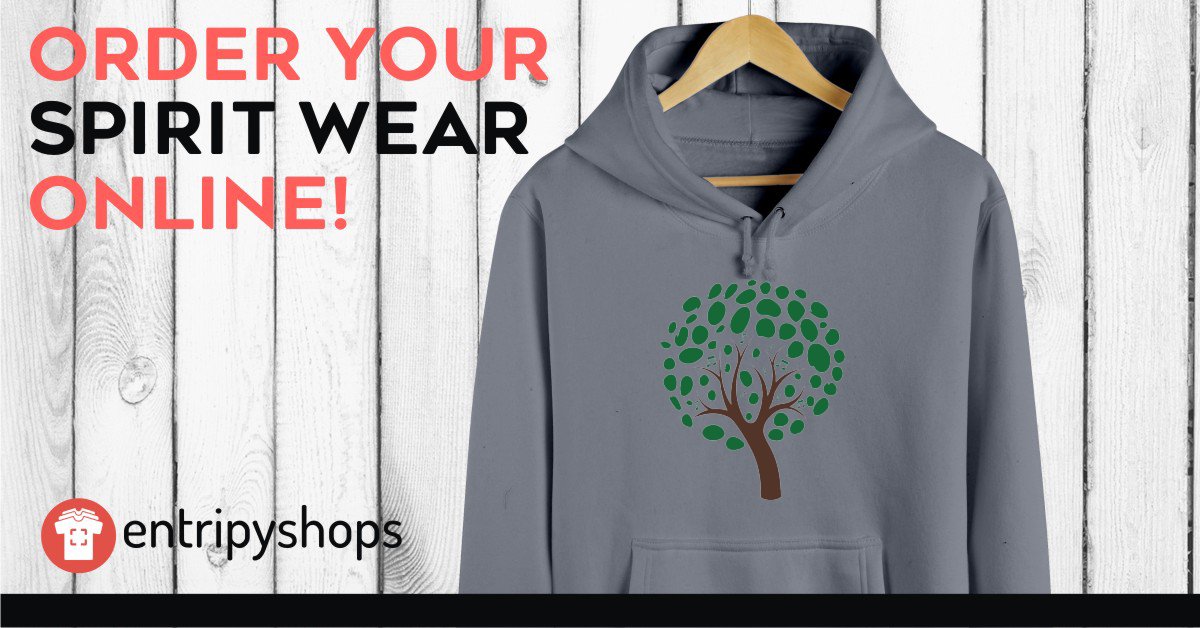
Even with the warm weather and the beginning of summer, it can be difficult to stay active as most recreational facilities and programs are still unable to run safely. An obstacle course, whether indoor or outdoor, is a great way to express creativity, stay active and have fun at home. Best of all, an obstacle course can be created using any materials and any amount of space you have available.
Children can be involved right from the start by helping create and design the obstacle course, and the activities within the course can also be geared towards their interests and goals. For example, obstacle courses can include not only gross motor skills but also fine motor skills or even academic skills. If there is a certain skill that your child is working on but does not love to practice, you can mix it up with other types of skills and tailor it towards their interests. For example, if your student loves superheroes and being active but does not love practicing their printing, you could have them trace a superhero picture and write out the name of the superhero before pinning it to the wall and racing with another family member to reach the picture.
Ideas for Including a Variety of Skills in your Obstacle Course
- Gross motor: jumping (one or two feet), walking or jumping backwards, doing jumping jacks or other simple exercises, spinning in a circle, throwing a ball, crab walk, incorporating favourite dance moves
- Fine motor: tracing or writing a word or a sentence, stringing a bead (or a few beads) onto a string, putting stickers onto a piece of paper, putting small objects back into a container (such as cleaning up a puzzle)
- Academic skills: have students answer a math question (verbally or on paper) as a step of the course, have students name a word for a certain letter of the alphabet between each step (i.e. start with A and make your way through the alphabet), have students read a congratulatory message at the end of the obstacle course
This blog is also a great resource from an Occupational Therapist about ways to include a variety of skills (i.e. both gross and fine motor) in an obstacle course as well as the benefits of this.
Obstacle Course Tips
Although the process of creating an obstacle course will look different for everyone, here are some tips for creating and completing the course:
- Begin by brainstorming ideas for your obstacle course. Give examples of a possible obstacle to encourage creativity (e.g. we could use this chair to climb over or to crawl under!). Set boundaries if needed (e.g. staying out of a certain room or not using certain objects) so that everyone knows what to expect.
- Encourage collaborative contribution. If multiple people are creating an obstacle course together (e.g. siblings or family members), each person could be tasked with contributing one or two steps to the obstacle course. To extend the activity, each person could even create their own obstacle course and take turns teaching their entire course to the group.
- Give opportunities for multiple levels of independence. Kids can contribute in different capacities such as by choosing a few objects which you then incorporate into the course, or by coming up with obstacle ideas for a group of objects that a parent or guardian chooses. For children who are more independent, you could also ask them to “surprise” you and set it up themselves — they may be more excited to create an elaborate obstacle course if they have a goal of making it difficult or engaging for a parent or another family member.
- Use painter’s tape or chalk. For minimal set up and clean up, you could create an obstacle course using chalk or painter’s tape. If you have chalk and an outdoor chalk-friendly surface to use, you can draw symbols to represent different actions like this example. For example, you could create hopscotch, draw a spiral to indicate spinning in a circle, or draw four circles in a vertical row to indicate four jumps. You could also do the same thing using tape on a floor inside. Here is a great example that also has many obstacle ideas and does a great job of including a variety of gross motor, fine motor, and academic skills. Another possibility is to use tape or string as “lasers” and create a “spy” obstacle course that students can attempt to maneuver their way through. This would be great for working on balance, perseverance, and problem solving — here is an example of a family that did this in their home.
- Use a timer to encourage goal setting. If kids want to have a “race” but there is only one obstacle course, you can time them using a stopwatch or phone timer. They can also work to race against themselves and beat their own time, which allows them to develop skills of perseverance and goal-setting. Some kids might not like the pressure of being timed and would rather complete the obstacle course for fun — it definitely depends on your child and what is best for them!
- Allow independence while doing the course. Once students create their obstacle course, if they would like to do it independently but need prompting to remember each activity, you could put a sticky note with a short written or visual prompt of what the challenge is at each part of the course.
- Include clean-up as the final step to leave a mess-free area! If the obstacle course is something that you can see your child using again over time, you could use activities that are easy to set up and include clean up as part of the course. Including your child in set up and prompting them during clean-up will ensure they know where the objects go so that they can eventually clean up with minimal prompting or independently. Then, when they do the obstacle course, you could start the timer at the start line and then tell your child that the timer will stop (or that they can cross the finish line if they do not want to be timed) when they go through all the steps of the course and all the parts are put away to the best of their ability.
For more healthy living posts visit our Healthy Living Blog Posts
To keep up with new blog posts you can follow us on Facebook or Instagram
For more fun Fitness Activities find us on Pinterest too.
Or, sign up for our newsletter below for school updates.
Get updates on new classes, hosted events, and more.










